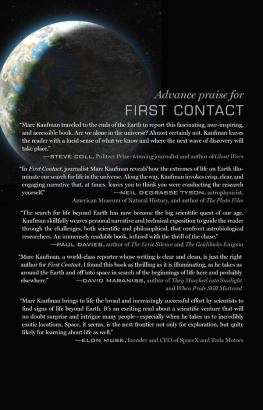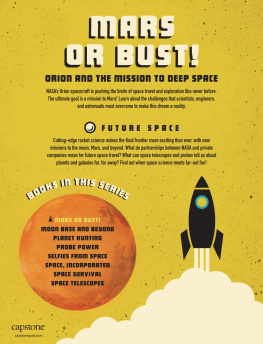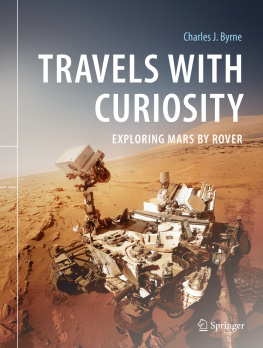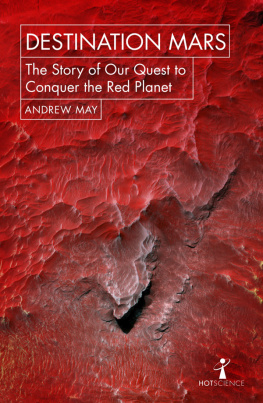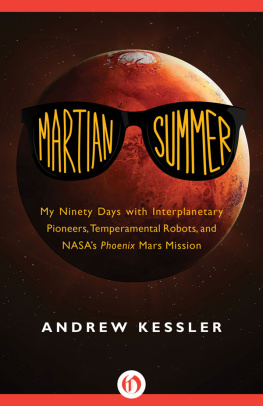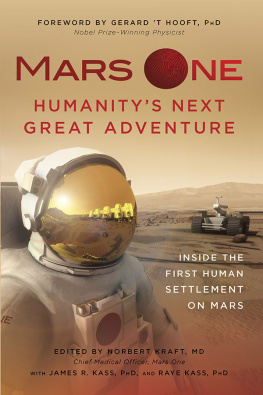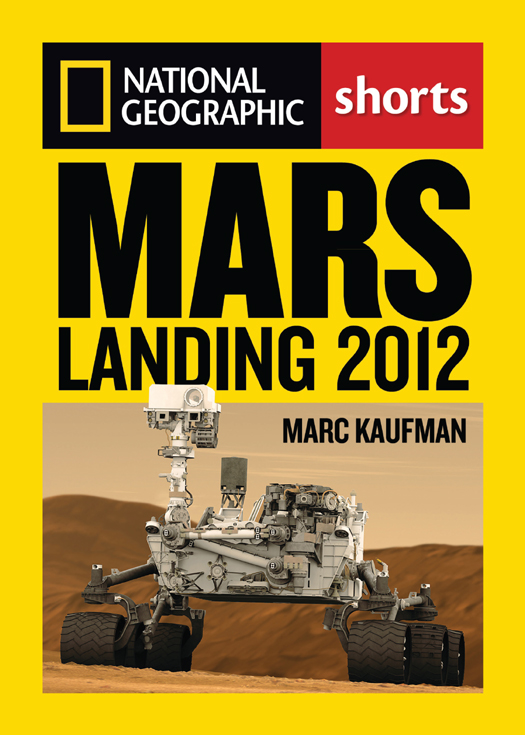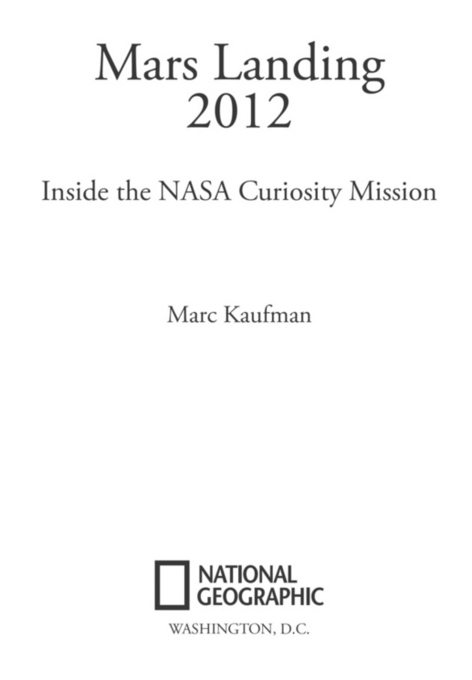Published by the National Geographic Society
1145 17th Street N.W., Washington, D.C. 20036
Copyright 2012 Marc Kaufman. All rights reserved. Reproduction of the whole or any part of the contents without written permission from the publisher is prohibited.
eISBN: 978-1-4262-1093-8
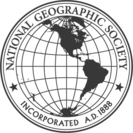
The National Geographic Society is one of the worlds largest nonprofit scientific and educational organizations. Founded in 1888 to increase and diffuse geographic knowledge, the Societys mission is to inspire people to care about the planet. It reaches more than 400 million people worldwide each month through its official journal, National Geographic, and other magazines;
National Geographic Channel; television documentaries; music; radio; films; books; DVDs; maps; exhibitions; live events; school publishing programs; interactive media; and merchandise. National Geographic has funded more than 10,000 scientific research, conservation and exploration projects and supports an education program promoting geographic literacy.
For more information, visit www.nationalgeographic.com
National Geographic Society
1145 17th Street N.W.
Washington, D.C. 20036-4688 U.S.A.
For rights or permissions inquiries, please contact National Geographic Books Subsidiary Rights:
Interior design: Melissa Farris
Cover: NASAs Mars rover Curiosity
(NASA/JPL-Caltech; cover design by Jonathan Halling)
v3.1
C ONTENTS
C HAPTER O NE
The Lure and Challenge of Mars
C HAPTER T WO
Landing the Hard Way
C HAPTER T HREE
The Science and Travels of Curiosity
C HAPTER F OUR
Can Curiosity Save the Mars Program?
A PPENDIX
The Ten Science Instruments on Curiosity
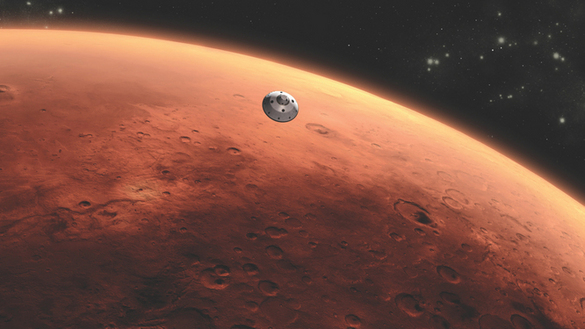
The spacecraft carrying Curiosity enters the thin Martian atmosphere at a speed of 13,200 miles an hour. It has six or seven minutes of terror to come to the virtually full stop needed to place the rover on the surface of Mars.
(NASA/JPL-Caltech)
C HAPTER O NE
The Lure and Challenge of Mars
I f we saw something anything like this on Mars, wed stop right away. Wed spend a lot of time with it and check it out with everything weve got.
So said John Grotzinger, top scientist for NASAs Mars Science Laboratory (MSL) missionprobably the most ambitious and important planetary mission ever flown. As the science lead for the mission, he coordinates the team that decides where the roverrobot Curiosity will go on Mars and what it will investigate.
A group of us were with Grotzinger on a mountainside in the barren Nopah Range of southeastern California, not far from Death Valley. The view to all sides was entirely Mars-like, except for the occasional barrel cactus or lonely browned grass. With the wind blowing, the dust kicking up, and the land parched and hot in the extreme, it wasnt hard to imagine we might actually be on Marsa place equally parched and often as cold as Death Valley is hot. Thats why the Curiosity team brings the rovers test twin to the area for simulated runs.
What Grotzinger wanted to show us was an unusual presence in the rockthe remains of a cylinder formation embedded in a bedrock with the kind of wavy lines that suggest the ancient presence of life. To the unschooled eye, its just another jumble of rocks on the undistinguished side of what is known as Ash Hill. But to Grotzinger, it was a sign that the craggy hills of the area had once been flatindeed, the bottom of an ocean. And more than a billion years ago, mats of single-cell microbes grew across that ocean floor. The California Institute of Technology geologist had studied the rocks intensively in the past and had written an important journal article about them, concluding that the tubes were most likely the remains of an unusual columnar form of ancient life. Though in the American desert, Grotzinger was identifying the kind of features Curiosity would be looking for on Mars and explaining some of the ways scientists hoped the rover would locate and examine its targets.
It has been a long time since NASA has sent a mission to Mars that was explicitly involved in astrobiologythe search for life beyond Earth. The last astrobiology mission was in the 1970s, when the two Viking landers initiated human exploration of the Martian surface and sent back negative, though equivocal and even conflicting, results.
While MSL/Curiosity is not a life detection mission per se, it is definitely searching for the presence of the possible building blocks of life on Mars. It carries extremely powerful cameras, a robotic arm that can grab and drill, a laser, and two mini-laboratories with capabilities unlike anything sent beyond Earth before. One formal goal is to look for organicsthe complex carbon compounds that are essential for life on Earth and presumed to be similarly essential on Mars. In addition, Curiosity will be assessing whether its destinationGale Craterever had the characteristics that make a place habitable or was potentially once even inhabited. So while Curiosity might not exactly be looking for signs of life, it is definitely on the trail of extraterrestrial life present and past.
Both of its primary searches involve painstaking and highly complex gathering and testing of crushed bits of rock at the superhigh temperatures that can be generated within Curiositys portable chemistry labs. But they also involve geologythe kind of forensic investigation that practitioners use on Earth to tell the history of a place through its rock formations. Gale Crater was selected as Curiositys landing site precisely because it has a huge mountain at its center18,000-foot Mount Sharpon which many layers of rock are clearly exposed, allowing for an entirely unprecedented examination and reading of the planets past.
Grotzinger wanted some of us who will be writing about the journey of Curiosity across the surface of Mars to be introduced to one of the important tools that scientists will be using, and to learn about it in a setting that feels positively Martian. The layering of rocks can tell geologists stories about whether and when water was present, whether the planet experienced long-ago quakes and faulting, whether the very weak Martian atmospheric magnetic field used to be much stronger, and what compounds (including those organic compounds) were on the surface and how they interacted to form minerals. All this just by reading and analyzing the rocks.
And then theres the distant chance of finding something like the tubes in the rock with biologically formed wavy lines on the surface that Grotzinger wanted us to understand. It wont take the discovery of a deposit like that to make the Curiosity mission a success, but if it happened, it would be among the most important scientific discoveries in human history.
To bring the point home again, Grotzinger took us several miles away to an area of abandoned talc mines. We didnt have to hike up a mountain to learn the next lesson; it was in an outcrop we could practically drive to because of those earlier mining operations that pulled the soft, white mineral from the earth. We trooped only down a ravine and back up before coming to a rock face that told a most intriguing tale.


